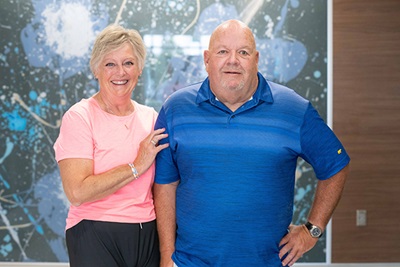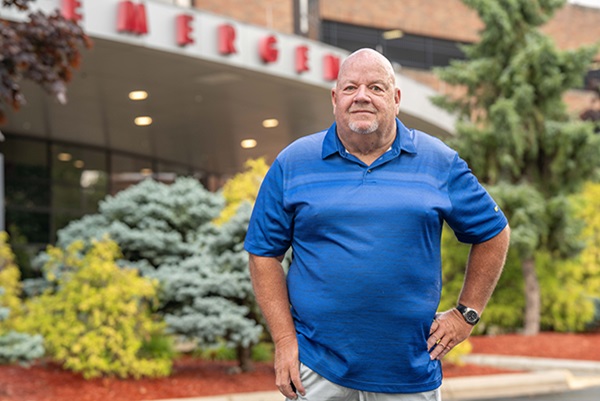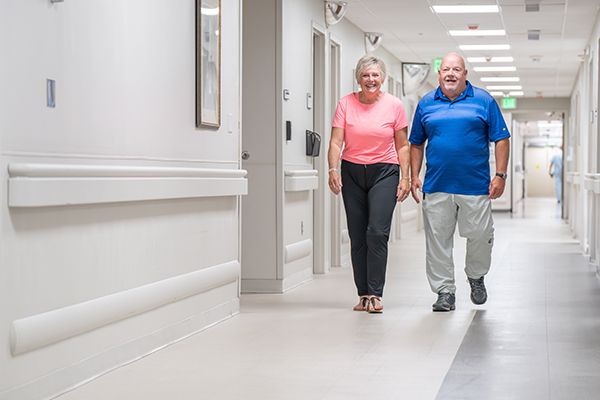Nurse Goes From Lifesaver & First Responder To Stroke Survivor
Fast action made all the difference

Thanksgiving morning took an unexpected turn for Ron Dunfield, a longtime ER nurse and former firefighter/paramedic. After more than 25 years of helping others through emergencies, he found himself living through one of his own.
Ron woke up that morning and collapsed on the bathroom floor, unable to get up. His wife, also a nurse, immediately recognized the signs: left-side numbness, facial droop, and slurred speech. She knew time was critical.
She called 9-1-1, and within moments, their friend and neighbor Sandy Butcher, a fellow ER nurse, was at their side offering help. Sandy, ironically, was a veteran nurse who had trained Ron when he first became a licensed RN. Meanwhile, a call was made to the Emergency Department at Henry Ford Jackson Hospital, alerting them that a potential stroke patient was on the way. It was a call that likely saved Ron’s life.

A CT scan confirmed it; Ron was having a stroke caused by an occluded artery. He was quickly transferred for a thrombectomy, a procedure to remove the clot. From the onset of symptoms at 7:30 a.m. to clot removal, less than four hours had passed. That speed made all the difference. Ron walked away with no deficits.
Today, Ron shares his story not just as a survivor but as a nurse who understands just how critical fast action is. He urges everyone to remember the acronym FAST:
- F: Face drooping
- A: Arm weakness
- S: Speech difficulty
- T: Time to call 9-1-1
“Don’t wait. Don’t drive yourself. Call an ambulance,” Ron says. “Time lost is brain lost.”
Thanks to expert, rapid care at Henry Ford Jackson Hospital, a certified stroke center, Ron is back on his feet—and reminding others that knowing the signs can save your life.

.svg?iar=0&hash=F6049510E33E4E6D8196C26CCC0A64A4)

/hfh-logo-main--white.svg?iar=0&hash=ED491CBFADFB7670FAE94559C98D7798)